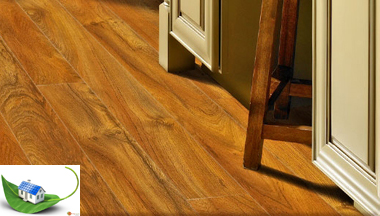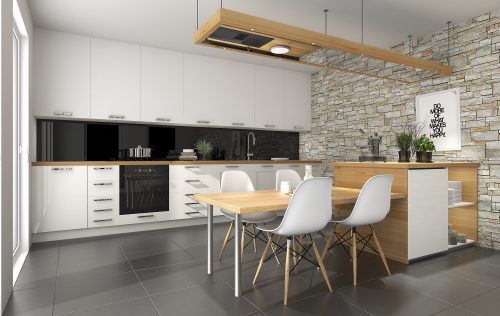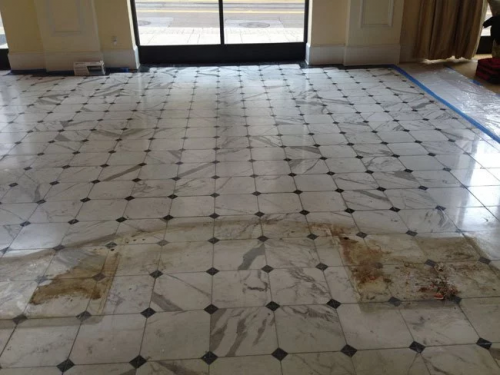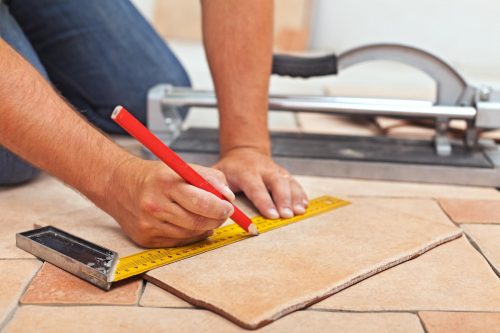
Selecting the right flooring supplies is an important first step when renovating or building a new space from the ground up. Not only does the flooring materials you choose contribute to the overall aesthetics of the space but it also plays a significant role in its functionality and durability. With a wide range of options available on the market, finding the perfect flooring types can be a daunting task. So, to help simplify the process, here is a comprehensive guide to assist you in choosing the best flooring materials for your needs.
1. Consider lifestyle and usage
Here at Flooring Supply Shop, we believe the first step to selecting the right flooring materials is to consider your lifestyle ad how the space will be used. Different areas o your home or commercial space may require varied flooring supply installation. For example, high-traffic areas like entryways, hallways, and kitchens demand more durable and easy-to-clean flooring materials, such as ceramic tiles, vinyl planks, or laminate. Moreover, bedrooms and living rooms can benefit from the warmth and comfort of carpet or hardwood flooring.
2. Assess maintenance requirements
Another important thing to consider is the maintenance and upkeep required for all of the flooring types. Some flooring materials, like natural stone or hardwood, require regular maintenance, such as sealing, polishing, or refinishing, to keep them looking great. Whereas, options like laminate or vinyl require very minimal maintenance. Before your flooring supply installation, assess your willingness and ability to maintain your chosen flooring, and be sure to choose a material that aligns with your preferences and lifestyle.
3. Durability and longevity are key
We recommend opting for flooring materials that can withstand wear and tear, spills, and impacts, no matter which living space. While all flooring materials, if properly cared for, can last a long time, hardwood, vinyl, and ceramic tile are the top three flooring types known for durability and longevity. Additionally, you should consider the warranty offered by the manufacturer, as it can give you an indication of the expected lifespan and performance of the flooring.
4. Evaluate moisture resistance
Moisture resistance is crucial, particularly for places like the bathroom, laundry room, or basement. Since moisture can cause damage, warping, or mold growth in certain flooring materials, you need to select flooring types such as ceramic tiles, porcelain tiles, vinyl, or concrete for moisture-prone spaces. However, if you prefer the look of wood, there are types of specialized engineered wood that mimic the look but have better moisture resistance.
5. Comfort and acoustics
While usually at the bottom of one’s list of considerations, the comfort underfoot and acoustics are especially important for areas like bedrooms and living rooms where you will be spending most of your time at home. Carpet and cork flooring are known for their softness and their ability to absorb sound, making them ideal flooring types for creating a cozy and comfy environment. Alternatively, if you prefer hard surfaces, it’s easy to select area rugs or have acoustic underlays put in during your flooring supply installation to improve comfort and reduce noise in a room.
6. Have a budget in mind
At the end of the day, you can only select the flooring materials and types that meet your budget. So, before risking any sort of disappointment, determine how much you are willing to spend and explore the flooring options within that price range. Keep in mind that while materials range in price, there may also be additional costs incurred for installation, underlayment, and maintenance.
7. Seek professional advice
If you are still unsure about what flooring materials are needed for your space, don’t hesitate to reach out and speak with a Flooring Supply Shop specialist. Our team is made up of flooring experts who can provide you with some valuable insight and recommendations based on their years in the business. They can also help you to navigate through various options, consider your specific needs and preferences, and guide you toward the most suitable flooring materials.








